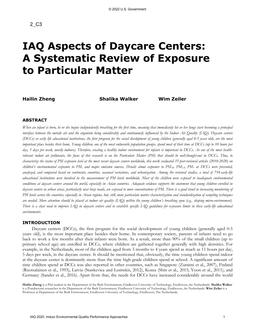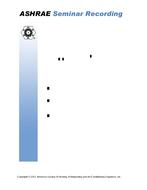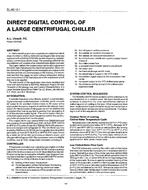A common method for measuring thermal diffusivity of food products involves temperature versus time measurements of a regular-shaped test sample, initially at a uniform temperature, placed in surroundings maintained at a constant temperature different from the initial temperature of the sample. The validity of this technique is based on some rather stringent assumptions as related to the analytical solution for the governing heat transfer equations. Such assumptions are often more difficult to satisfy for fruits and vegetables than for other food products for which adequate test samples are more easily prepared. The purposes of this study were to analyze this method of measuring thermal diffusivity, to examine some of the possible errors involved, and to recommend procedures and techniques which would help to minimize these errors, with particular reference to fruits and vegetables. Parameters such as size, shape, homogeneity of sample, effect of surface heat transfer coefficient, and techniques of temperature measurement are discussed. A comprehensive literature review of previously published values of thermal diffusivity of fruits and vegetables is also presented.
Citation: ASHRAE Transactions, Volume 86, Part 2, Denver, Colorado
Product Details
- Published:
- 1980
- Number of Pages:
- 20
- File Size:
- 1 file , 1.7 MB
- Product Code(s):
- D-DV-2603


